Are Changes to VAT Leading to Increased Closures of Private Schools?
In the elegant setting of his private boarding school housed in a grade II* listed Georgian building in rural Berkshire, the owner does not hold back in explaining his decision to close its doors for good next month.
“Primarily, it’s tax,” states Charlie Freer as he sits beside French double doors overlooking beautifully landscaped gardens that are hosting a marquee for what will be the final summer ball for his students. “Unfortunately, we just haven’t been able to attract sufficient student enrollments.”
Padworth College, having opened its doors in 1963, is now listed for sale at £5 million with Knight Frank. The estate agents speculate that the property could be renovated into an exquisite family residence or subdivided into smaller homes by developers. This is part of a broader trend, with around 20 small private schools planning to close or merge this year, according to Freer, based on his industry contacts.
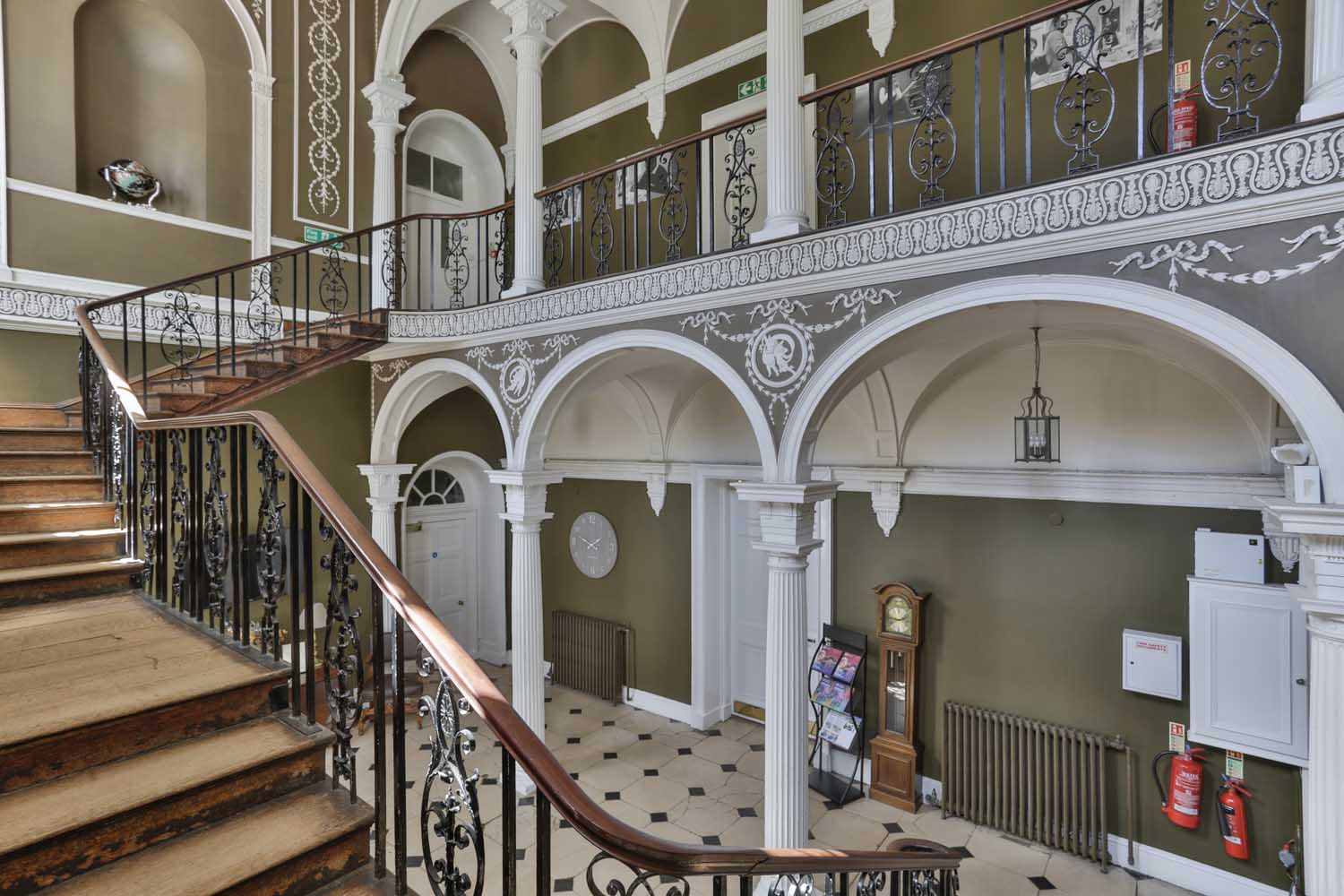
Recent closures include Maidwell Hall in Northamptonshire, which will shut this summer, the Iona School in Nottingham, which closed last September and is now in the process of being sold for £1.2 million, and St Joseph’s Preparatory School in Staffordshire, which closed its doors in December.
Some institutions are opting for mergers, such as Winchester College and Radley College, which recently announced their plans to combine efforts with other schools. However, the overall situation varies significantly. Some prestigious British private school groups, especially those with strong international reputations, remain robust. For instance, Alleyn’s, a prominent independent school in Dulwich, south London, has announced plans to establish new campuses in Regent’s Park and Hampstead.
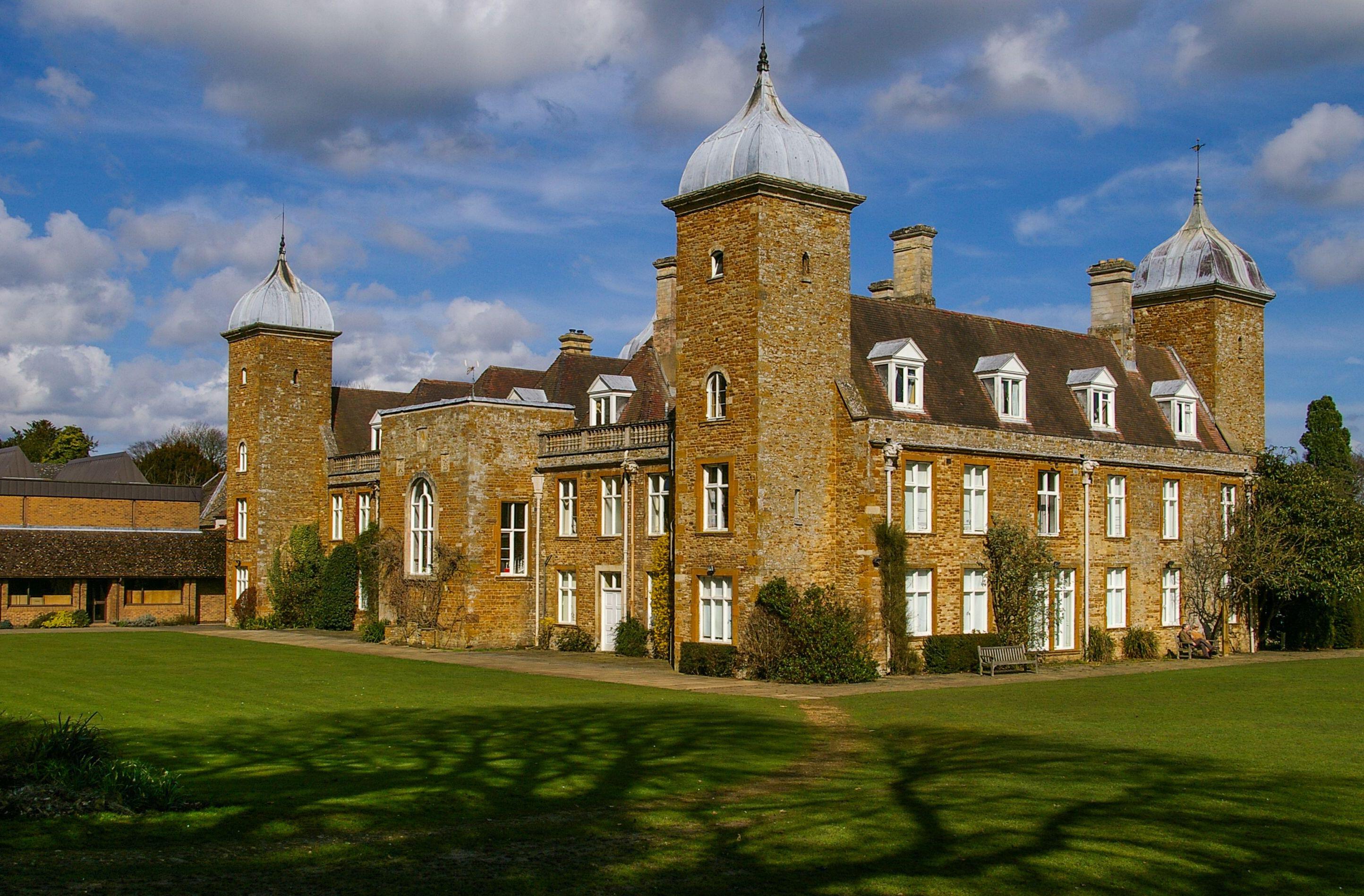
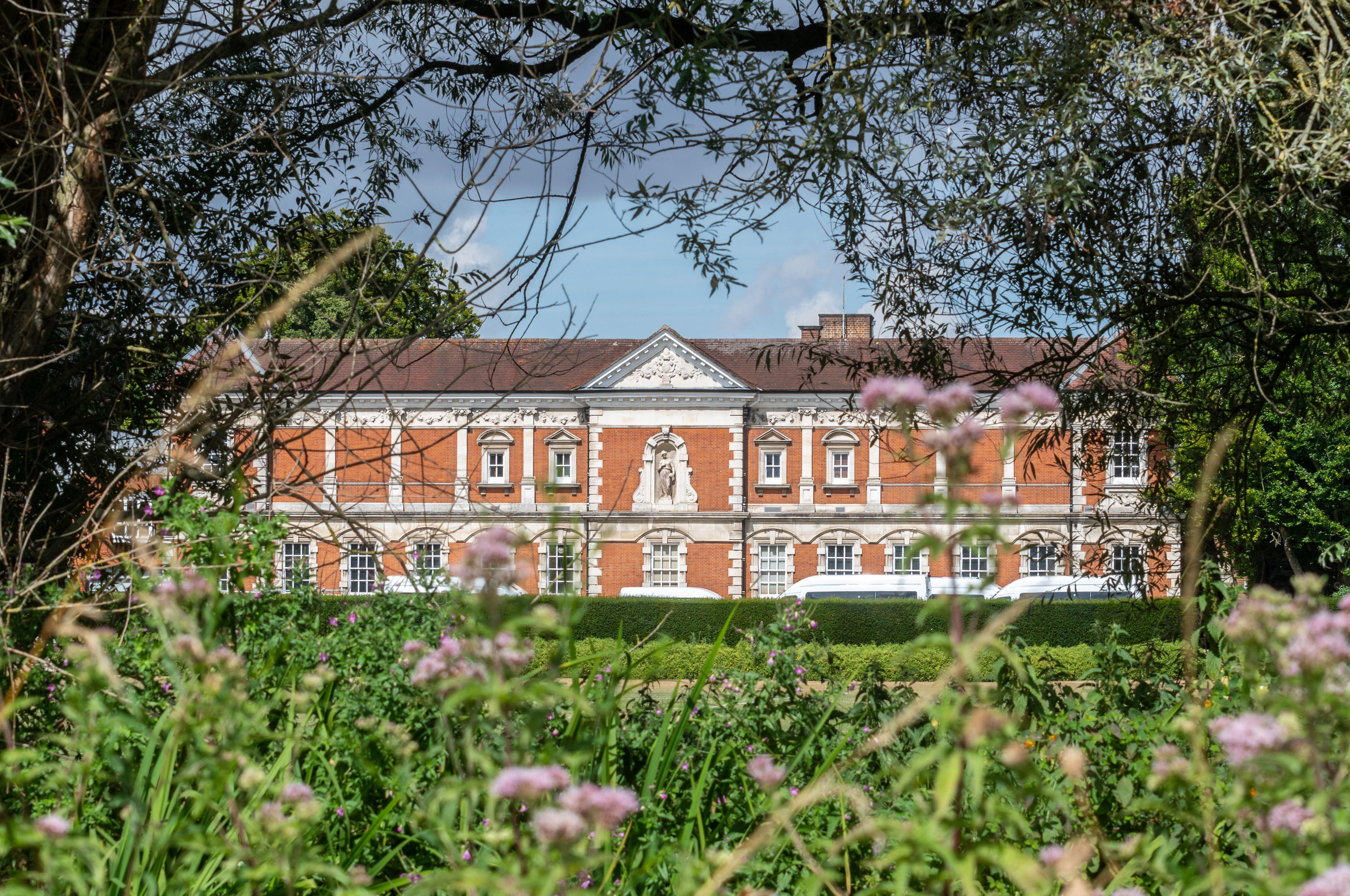
Freer, who leads the Inspiring Futures Education organization that operates the 120-student Padworth, attributes the issue primarily to a supply-and-demand imbalance. He explains that the Labour government’s implementation of a 20% VAT on private schools earlier this year forced Padworth to increase fees by 14% for parents.
This raised annual fees for many boarders from £41,700 to £47,565, pushing several parents to reconsider their options and withdraw their interest in the school.
This academic year, enrollment had already fallen to just 60 students, partly due to anticipated policy shifts leading up to the election, which discouraged international families from choosing Padworth for their children’s education.
“Next year, with the ongoing uncertainty, numbers could decrease further,” Freer remarks. “At that point, we realized it was no longer sustainable.”
Freer, who also operates the independent Bishopstrow College in Warminster, Wiltshire, which he has chosen not to close, sees Padworth’s struggles as indicative of a wider trend.
“It’s truly unfortunate—the policy’s implications are deeply felt throughout the sector,” he notes. “Numerous mergers are taking place as schools recognize the advantages of coming together. I believe the educational landscape will change significantly over the next five years—this represents a sort of generational shift.”
He shares that conversations with other school owners reveal a sense of reluctance to discuss their challenges, as schools don’t want any negative perceptions of their viability to circulate, which could become a self-fulfilling prophecy. He estimates that around 20 schools have confirmed they will close this year, with potentially more to follow, either through closures or mergers.
Research from Hamptons, the estate agency, corroborates Freer’s concerns. Analyzing Department for Education data, the agency found that last year, 40 private schools, once home to over 3,000 students, ceased operation. Many of these institutions struggled with low enrollment and faced financial difficulties.
“Nearly 60% of these closures were secondary schools grappling with dwindling student numbers. On average, these schools had been operational for 34 years but only managed to fill about 45% of their capacity, an unsustainable rate,” says analyst David Fell. He adds that only nine new private schools launched during this same timeframe.
Hamptons’ analysis indicates that while the VAT increase is significant, it may serve as a tipping point after years of rising fees, which have already strained many families—including those from abroad—who are navigating the challenges of the cost-of-living crisis, higher mortgages, and global uncertainties, leading them to pull their children from private education.
Additionally, the departure of wealthy foreign residents due to the government’s abolition of non-dom status has further reduced the pool of potential students. According to Hamptons, there have been 110 school closures since 2022. New statistics from the Independent Schools Council’s census also revealed that private school fees surged by 22.6% in the past year as institutions attempted to offset the VAT increase.
Consequently, the shifts in enrollment have resulted in a 17% rise in the number of children enrolling in state secondary schools within the last decade, contributing to an already strained education system.
Utilizing admissions projections for 2024-25, the impact of private schools shutting down negatively influences parents’ opportunities to secure placements in nearby state schools. For instance, the state-operated Chantry School in Worcester saw its acceptance rate for first-choice applications drop from 90% in 2022-23 to 74% in 2024-25 after the closure of nearby Abberley Hall.
Padworth itself resembles a serene retreat rather than a traditional school. The expansive 51,000 square feet of buildings is nestled on an 11-acre estate, featuring a picturesque lake, outdoor pool, tennis courts, and scenic parkland with no surrounding traffic noise.
Catering to students aged 14 and older, Padworth offers GCSEs, A-levels, and pre-university foundation courses, primarily targeting affluent international families seeking to immerse their children in classic British culture. English language support classes are also available.
Class sizes typically range from eight to ten students, with attendees hailing from diverse backgrounds, including aristocrats, business leaders, and even royalty. Approximately 80% of the student body comprises boarders from overseas, while 20% are day students from the UK.
“Our students come from all corners of the globe,” says Crispin Dawson, the school’s headteacher. “We have children from Nigeria, Ghana, Southeast Asia, Germany, Poland, Spain, and France. Previously, we’ve also welcomed students from Uzbekistan, Saudi Arabia, and the UAE.”
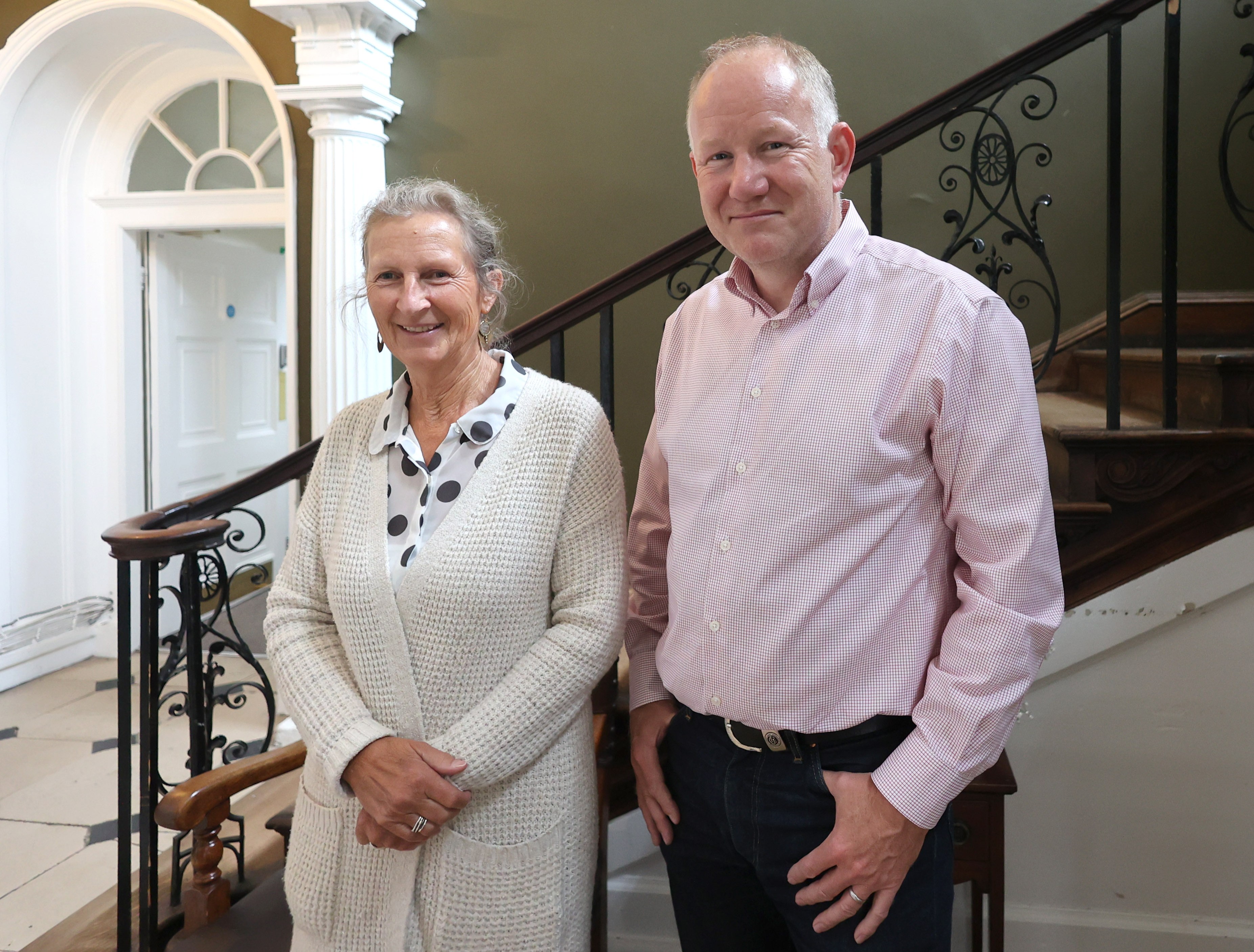
Jane Dyson, the most tenured educator at Padworth, teaching business, IT, and accounting since 1982, mentions that some students arrive with limited English proficiency yet go on to achieve remarkable success.
Her experiences, highlighting the inclusive environment of the school, may not fully convey the essential role Padworth plays in education. “We’ve had a princess who brought along her maid, who also had to attend classes with her,” she recounts. “There was also a member of a royal family who, when leaving one day, was asked about his flight. He mentioned it was at 7 PM but stayed until 5 PM, explaining that he wasn’t concerned about being late—it was fine as his driver would take him directly to the plane.”
The school is situated on land believed to be the former site of a medieval manor owned by the Coudray family in the 13th century, adjacent to the historic grade I listed St John the Baptist Church.
The building housing the school was constructed in 1769 by London merchant Thomas Brightwell, with the college itself founded by Oxford academic Peter Fison. Originally a girls’ boarding school, Padworth transitioned to coeducation in 2005 and was acquired by Inspiring Futures Education in 2018. Among its features are headteacher Dawson’s impressive lateral apartment and the stunning lake that lies at the end of the winding driveway.
Both Freer and Emma Cleugh, Knight Frank’s head of education and charities, anticipate a diverse range of potential buyers for Padworth, including retirement home operators, property developers, or affluent individuals seeking a countryside estate.
From a financial standpoint, the closure of Padworth is understandably rational. Yet, as Freer walks through the grounds, there’s an undeniable sadness over the imminent end of a chapter and the potential loss of an aspect of British cultural influence.
In one of the outbuildings, we find Ellie Drury, an English as a Foreign Language instructor, reviewing students’ work after class with her group of 12. “We all adore it here. It’s simply stunning,” she expresses, noting she has secured another position at a middle school in Ascot.
As we ascend to the common room, adorned with medieval ship’s wood beams and balloons in preparation for the upcoming summer ball, Freer jokingly evades chaperone duties, stating, “I’ve put in my hours this week—Crispin and the team can take the lead on that,” as he laughs.
By June of next year, it remains uncertain what plans will unfold for the expansive grounds or who might wander the peaceful pathways and gardens. The future of many other small private schools, relics of a bygone era, hangs in the balance.
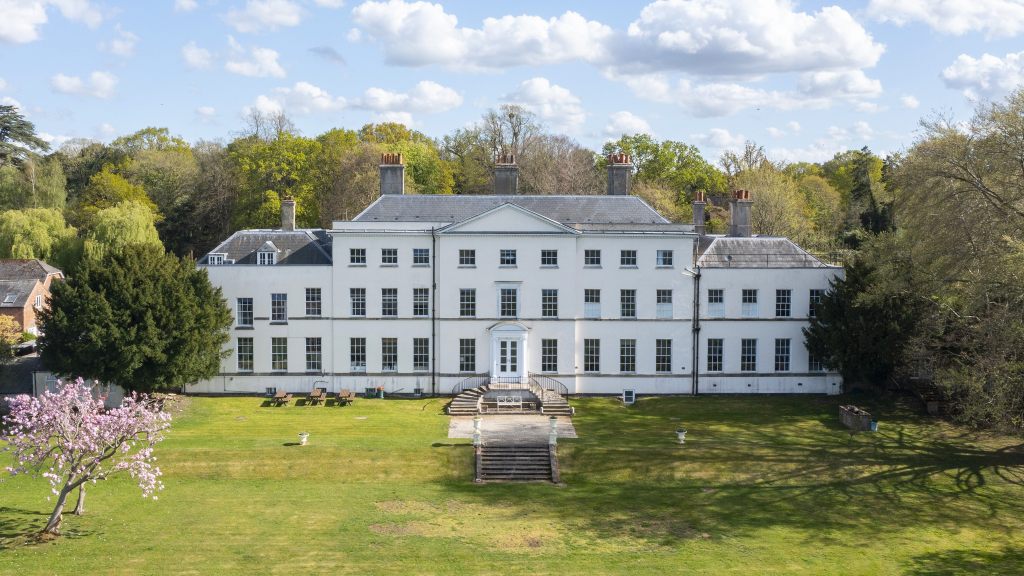



Post Comment